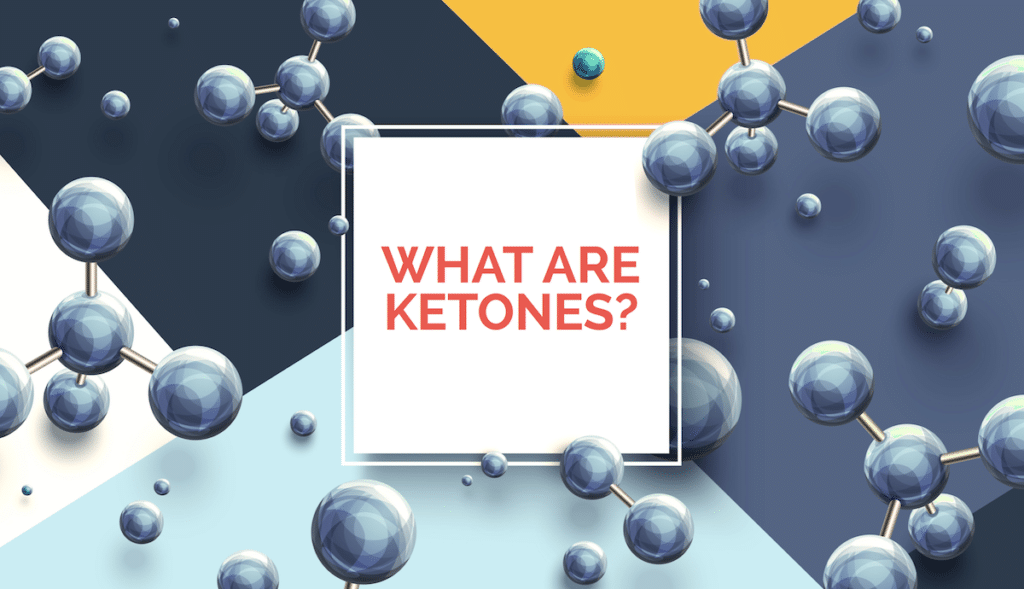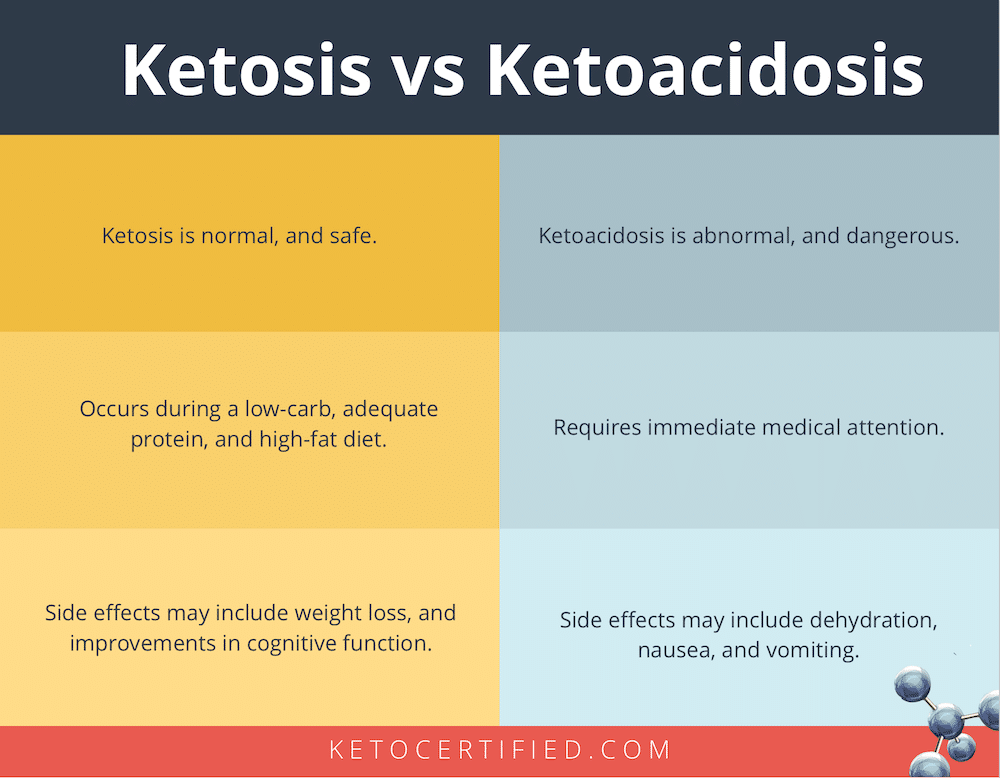What are Ketones

Since the time of Hippocrates, it has been known that by fasting one could significantly alter the course of some diseases like epilepsy. While the mechanism was not initially understood, modern investigations revealed that through fasting—and the subsequent production of ketone bodies, or ketones— other disorders including GLUT1 deficiency, and perhaps even the devastating and fatal disease Amyotrophic Lateral Sclerosis (ALS) could be improved. But first, what are ketones?
What are Ketones?
In a well-fed state, mammals derive much of their metabolic energy from carbohydrates, with glucose serving as the primary substrate for energy (ATP) production. This is achieved via the three well- known pathways: glycolysis, tricarboxylic acid (TCA) cycle and the electron transport chain (ETC). However, in a state of starvation or hypoglycemia from reduced carbohydrate intake, energy requirements must be met using a different substrate.
Ketones are chemical compounds produced during ketogenesis, the metabolic pathway that provides an alternative form of energy to glycogen. Ketogenesis produces the ketones acetone, acetoacetate, and beta-hydroxybutyrate molecules by breaking down fatty acids.
These chemical compounds are a group of small, water-soluble organic molecules produced in the mitochondria of the liver. The two principal ketones are acetoacetate and D-3-β-hydroxybutyrate. Acetoacetate undergoes a process called nonenzymic decarboxylation, removing a carbon atom, and produces the third: acetone (propanone).
The primary role of ketones is the transfer of lipid-derived energy from the liver to the peripheral tissues. This is particularly important for the brain during periods of hypoglycemia since it cannot utilize fatty acids for energy production. Although they are always present at a low level in healthy individuals, dietary manipulation can cause the levels of these compounds in the body to rise. In some instances, such as in epilepsy, high levels can be beneficial. However, a state of ketoacidosis can occur which has serious consequences for cellular function if the levels get too high.
What are Ketones for?
In healthy humans, the body is continually making a small number of ketones to be used by the body for energy. In times of fasting—even overnight while sleeping—the number increases. The normal pathways to create energy involve either stored carbohydrate or non-carbohydrate substances. When enough carbohydrate stores are available, the main pathway used is glycogenolysis. Gluconeogenesis is the production of glucose from non-carbohydrate sources (such as lactate) and involves the breakdown of glycogen stores in muscle and liver. However, when carbohydrate stores are decreased or depleted, or fatty acid concentration is increased, there is an upregulation of the ketogenic pathway and an increased production of ketones, instead.
Most organs and tissues can use ketones as an alternative source of energy. However, the brain uses them as a major source of energy during periods where glucose is not readily available. Unlike other organs in the body, the brain has an absolute minimum requirement of energy. When carbohydrate stores are significantly decreased, there is an upregulation of the ketogenic pathway.
Not only does metabolic process occur during periods of reduced carbohydrate intake, but it also occurs in conditions such as type 1 diabetes, alcoholism, and starvation.
What is Ketoacidosis?
Insulin is the primary hormonal regulator of the ketogenic process. Insulin regulates many critical enzymes in the ketogenic pathway, and a state of low insulin triggers an increase in free fatty acids. Subsequently, there is an increased production of ketone bodies.
However, acetoacetate and beta-hydroxybutyrate are acidic, having pKa values of 3.6 and 4.7, respectively. Once carbohydrate stores are depleted and gluconeogenesis cannot occur anymore, ketogenesis is substantially increased and larger amounts of ketones are produced. Due to their acidic nature, this can cause a problem.
For example, Diabetic ketoacidosis (DKA) occurs when there is a lack of, or resistance to, insulin. For this reason, this usually occurs in people with type I diabetes, although it can happen to people with advanced type II diabetes as well. However, in most cases of type II diabetes, enough insulin production continues to prevent excessive production of ketone bodies and ketoacidosis does not occur.
Patients with ketoacidosis typically present with dehydration, confusion, nausea, vomiting, and abdominal pain. Cerebral Edema can occur in severe cases, and patients can have breath that smells like nail polish remover due to the acetone produced from the ketone acetoacetate. In more serious states of ketoacidosis, diabetic coma or death can occur.
The main goal of treating diabetic ketoacidosis is to resolve the metabolic acidosis by giving insulin or glucose to downregulate the ketogenic pathway. This reduces both the number of ketones being produced, and the acidity.
Is the Ketogenic Diet Safe?
While the ketogenic diet is generally safe and even potentially beneficial for patients with diabetes, obesity, epilepsy, and a host of other disease states— there is a possibility that a patient can develop diabetic ketoacidosis. However, this is more likely to occur in those with type 1 diabetes. Therefore, it is imperative that all diabetic patients consult with their doctor before beginning a ketogenic diet, and test for ketones routinely.
Ketone production can be measured with a urinalysis. Results from the tests range from 0 (not detected) to +4 (high amount detected). Acetone can be directly measured in blood serum, and a normal level is below 0.6 mmol/L. However, if you are experiencing dry mouth, frequent urination, nausea, and breathing difficulties or any other symptoms of ketoacidosis while on a ketogenic diet, it is imperative that you notify your doctor immediately.
In Conclusion:
Overall, improvements in our understanding of the ketogenic diet may prove to be a critical asset in the development of new regimens to treat other debilitating, life-threatening, and devastating diseases.
